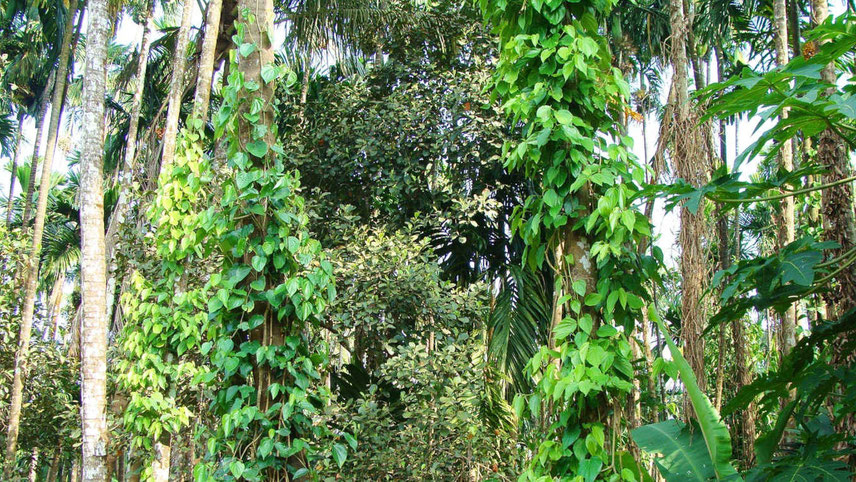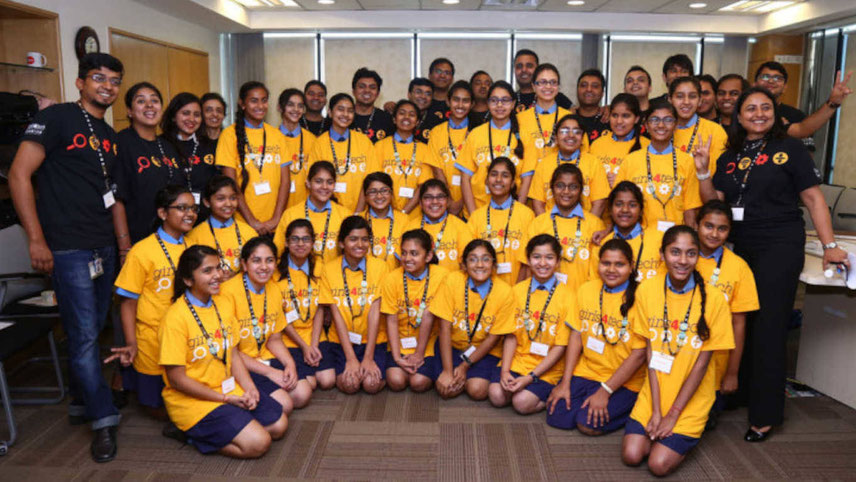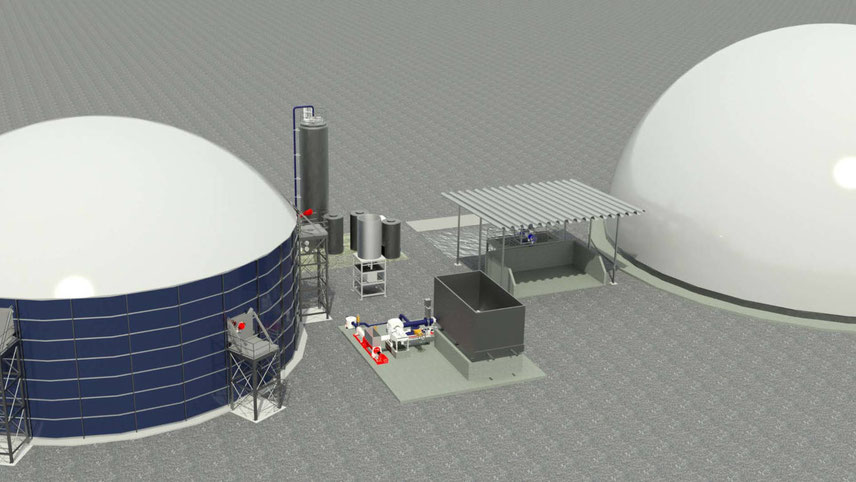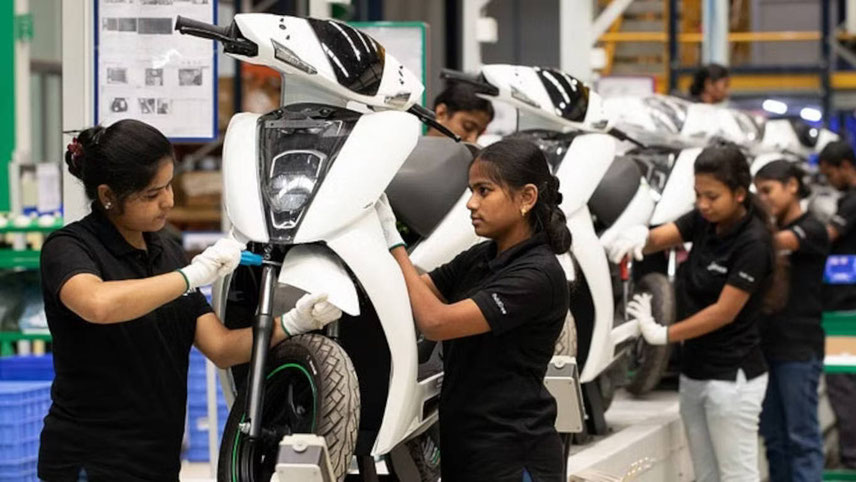Onion prices have crashed, bringing tears again in the eyes of farmers. But this time, a factor seeding the misery is climate change. And, the current price collapse has primarily to do with a sudden rise in temperatures from around the second week of February. Onions containing high moisture are prone to quality deterioration from heat shock, with the abrupt drying-up leading to shrivelling of the bulbs. Normally, farmers would have been selling only the kharif crop now. But the freak heat this time has forced them to offload even the late-kharif onions, which can no longer be stored. Since both kharif and late-kharif onions are arriving at the same time, prices have fallen. The freak unseasonal heat has now become a factor of climate change, which also hit the wheat crop last March. Farmers grow three crops in the bulk: kharif (transplanted in June-July and harvested in September-October), late-kharif (transplanted in September-October and harvested in January-February) and rabi (transplanted in December-January and harvested in March-April). The harvested crop isn’t marketed in one go; farmers usually sell in tranches, ensuring no price collapse from a bunching of arrivals. The kharif onions are marketed right up to February and the late-kharif till May-June. Both kharif and late-kharif onions contain high moisture, which allows them to be stored for a maximum of four months. This is unlike the rabi onions, which, grown during the winter-spring months, have low moisture content and can be stored for at least six months. It is the rabi crop that feeds the market through the summer and monsoon months, till October. Tumbling price Till the first week of February, onion was fetching Rs1,000-1,100 per quintal at Lasalgaon, India’s largest wholesale market or onions in the Nashik district of Maharashtra. This is a price that farmers claim is just above break-even. Prices dropped below Rs1,000 on 10 February and further to Rs800/quintal by 14 February. They have continued to slide since with the last average traded price. Every degree rise in the mercury has resulted in prices tumbling, say farmers. There is another reason the prices are tumbling. Maharashtra accounts for about 40 per cent of India’s annual onion production of 25-26 million tonnes (mt), out of which 1.5-1.6 mt tonnes is exported. Besides Maharashtra, Madhya Pradesh (16-17 per cent share) Karnataka (9-10 per cent), Gujarat (6-7 per cent), Rajasthan and Bihar (5-6 per cent each) are the major onion producers. Improved water availability from good monsoon rains this time has induced farmers in these states to plant onions over a larger area. The influx of the produce from all these states, together with the forced offloading of the late-kharif crop, triggered the price collapse. Farmers’ bodies have demanded that the government fix a floor price of Rs1,000/quintal and not allow any purchase to happen below that rate. Further, it should direct the National Agricultural Co-operative Marketing Federation of India Ltd (Nafed) to start procuring. This comes amid social media flooding with stories of farmers being forced to make distress sales. One that made headlines was of Tukaram Chavan, a grower from Borgaon village in Solapur district’s Barshi taluka, who received a cheque of Rs2 after the deduction of all expenses towards the sale of his 500-quintal produce at the Solapur wholesale market. This caught the attention of many, with Ajit Pawar, NCP leader and former deputy CM, and other Opposition leaders seeking government intervention.
-

Onions containing high moisture are prone to quality deterioration from heat shock

































